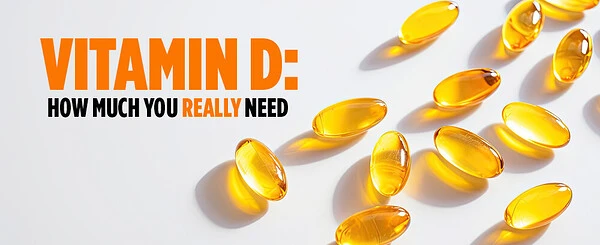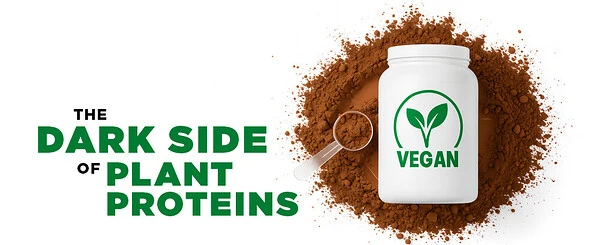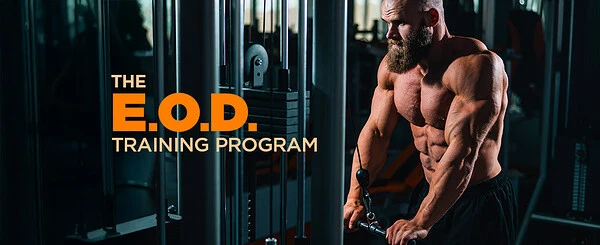Vitamin D Deficiency in Athletes: Causes, Impacts, and Solutions
Even with access to sunlight and vitamin D - enriched foods, more than half of athletes fail to absorb an adequate amount of vitamin D. This article delves into the underlying reasons and presents effective solutions.
Prevalence of Nutritional Deficiencies
In contemporary society, a significant number of people have at least some nutritional deficiencies that impact their physical and mental health. One might assume that elite athletes, with their seemingly perfect diets, are exempt. However, this is a fallacy. Despite their high - level performances, many elite athletes suffer from the same insufficiencies or deficiencies as the average person with a junk - food - laden diet. This has implications for their well - being and athletic performance. A new study has provided valuable insights into this prevalent issue.
The Study
Researchers conducted an analysis of the vitamin D status of 474 German Olympic athletes, both male and female, across 10 different sports. The findings were quite revealing:
Over 55% of the athletes had insufficient vitamin D levels.
Approximately 16% were completely deficient.
Specific gene variations (polymorphisms) were found to influence vitamin D levels.
Even athletes who trained or competed outdoors during the summer were not entirely immune to vitamin D deficiency. Many of them still had low vitamin D levels, potentially due to those troublesome polymorphisms.
Impacts of Low Vitamin D on Athletes
Athletes with low vitamin D levels experience a range of negative effects. These include slower recovery times, fatigue, muscle weakness, increased injury risks, more frequent illnesses, poor sleep quality, loss of mental focus, and a higher susceptibility to depression.
Diet or Sunlight Deficiency?
Both diet and sunlight exposure can play a role in vitamin D levels. In this study, researchers also examined 17 gene variants that affect how the body processes vitamin D. Vitamin D must undergo absorption, transportation, and activation to function properly, and specific genes regulate these processes. Some of these genes influence how the body synthesizes vitamin D from food and sunlight.
If an athlete (or any individual) has a gene variant that affects vitamin D processing, they may be deficient even with ample sun exposure and a diet rich in vitamin D.
Overcoming Genetic Predispositions
Athletes can counteract these unfavorable gene variants through the following two strategies:
1. Increase Vitamin D Intake
Supplementing with vitamin D can often elevate blood vitamin D levels, even in individuals with gene variations that impede efficient vitamin D processing. For instance, if a gene variant reduces vitamin D absorption, taking higher doses may supply sufficient raw material to compensate.
2. Utilize Microencapsulated Vitamin D3
This form of vitamin D is produced by encapsulating D3 molecules within solid lipid nanoparticles. It offers high bioavailability, even for those with challenging gene variants. Its effects remain stable for up to 14 days, outperforming conventional vitamin D supplements.
For example, in cases where a gene variant (such as those in genes like GC or DHCR7, related to vitamin D transport or synthesis) reduces gut absorption, microencapsulated D3 enhances the efficient delivery of vitamin D to the bloodstream.
Biotest recognized the value of this form and incorporated it into D Fix High Absorption Vitamin D (available for purchase on Amazon). Each softgel contains 5000 IU in a unique delivery matrix inspired by the pharmaceutical industry.
For more information regarding vitamin D blood tests and appropriate dosing, refer to: The New Vitamin D Guidelines for Superior Health.
It is crucial to note that the body requires adequate magnesium for the transportation, synthesis, and activation of vitamin D. Therefore, athletes should ensure they maintain sufficient levels of this essential mineral. Learn more here.
Reference
Hacker, Sebastian. "Vitamin D Status and Its Determinants in German Elite Athletes." International Journal of Sports Medicine, vol. 46, no. 10, 2025, pp. 713–722.





